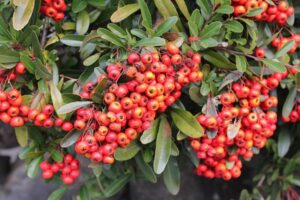
Greetings, readers. Today we learn about pests—not annoying people or issues that crop up in our lives—but invasive species of plants in Florida, where Peggy and I live, that corrupt our natural landscape. This article is nearing the end of our series, Caring for Mother Nature, by my friend, author and naturalist, Peggy Sias Lantz.
Peggy has authored more than ten books on topics about nature, such as Florida’s edible plants. Check them out on her website: https://peggysiaslantz.com.
Pest Plants
by Peggy Lantz
As you [may] know, Florida has become home for a lot of foreign invaders in the form of snakes, lizards, frogs, and—especially in my case—plants. I have at least eight species of invasive plants around the yard outside my house and in my piney woods.
I hope you know something about these invaders and why they are so destructive to Florida’s natural places. First and foremost, they have no natural enemies, as they do in their places of origin, to keep them in check. So they overrun the spaces that Florida’s native species need.
What are the invaders?
Vines climb the trees and cover the tops, smothering the leaves, which can no longer receive sunlight. Shrubs and small flowering plants grow faster than some native plants, filling in the space. Many throw many thousands of seeds or reseed earlier. Some actually change the composition of soil to suit their needs, making it uninhabitable for the native plants that were there.
Much as those of us who love Florida’s natural places, it seems that pesticides are the only way to rid ourselves of these scourges. …
My invasive plant species include: Ardisia crenulata (I received a grant from the Florida Invasive Plant Council to remove Ardisia from my property), catclaw, (species), air potato (species), camphor, tasselflower, flamevine, water hyacinth, Cuban primrose willow, Brazilian pepper, and tallow tree.
—END—
Do you know what the invasive plants are in your state?
Thanks for reading!
Your writer on the wing,
Charlene







